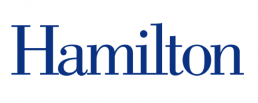Using the Sprout Pro, students from Visiting Assistant Professor of Literature Andrew Rippeon’s “Unpacking My Library” course created 2D and 3D scans of “altered books,” book art objects the students had made, as part of the course, from books the library was discarding.
The hope is to use these scans as overlay images for the AR components of the book that the class will be writing, designing, and printing for their final project.
This is our first course use of the Sprout Pro and was a learning process for all. The Sprout Pro had some trouble tracking and 3D scanning the books, which were often too large or had moving parts. Even when we did get a scan of a significant portion of the geometry of the object, it would often loose tracking while taking photos for the texture; this resulted in the texture being placed on the wrong parts of the object. We briefly contemplated setting up the HP Structured Light Scanner in our Room of The Future, as that scanner may be a more appropriate tool for this project, but we didn’t have a good place to do so in the room—this is something our team will have to work out in the future.
We decided our time was best spent capturing 2D images of the books, to insure we would have images of the student’s work to include in their AR book. The 2D scanning feature of the Sprout Pro G2 was intuitive, and students especially enjoyed the touch screen. We plan to attempt to 3D scan with the Sprout again during the next class session.
Here are some of the 2D scans which students took with the Sprout:















